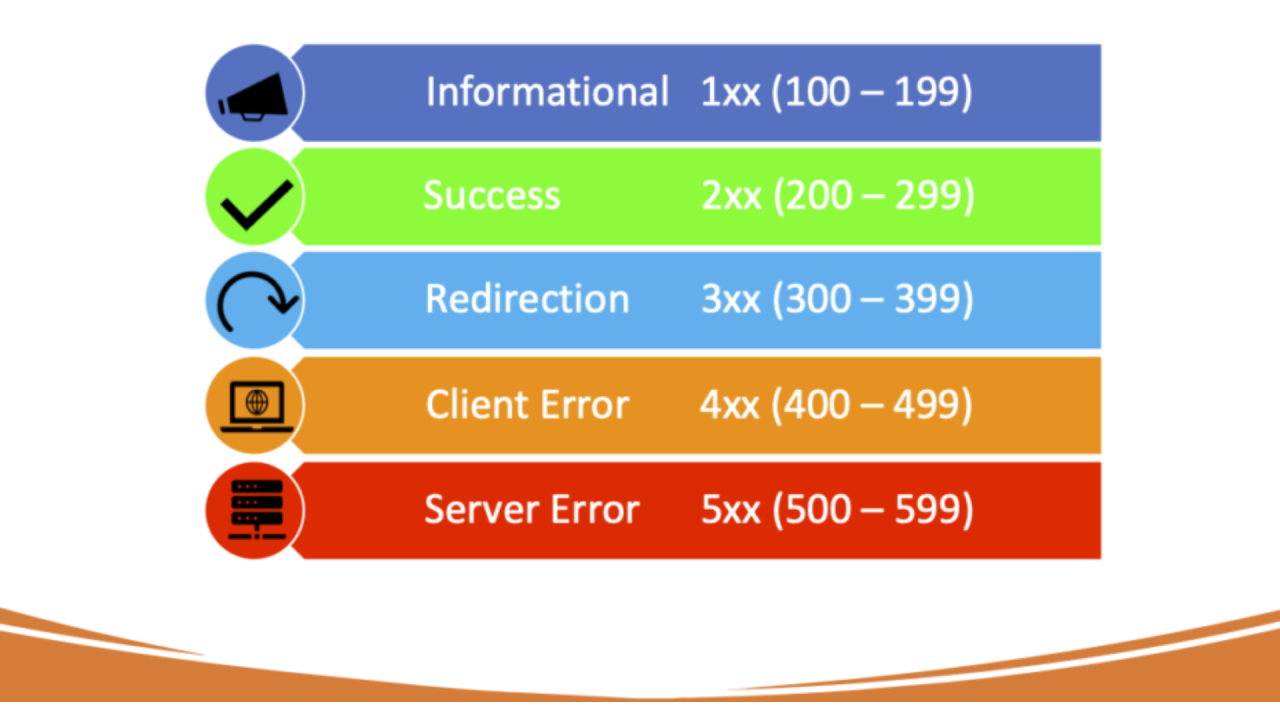HTTP status code
 Sameer Sheikh Mansoori
Sameer Sheikh MansooriTable of contents

Definition: HTTP status codes are standard response codes that web servers use to communicate the status of a client’s request.
Importance: Essential for debugging, enhancing UX, and SEO.
Structure of HTTP Status Codes 🛠️
3-Digit Number: Each code consists of three digits, where the first digit signifies the category.
Categories: Five classes indicating response types (informational, success, redirection, client error, server error).
1xx - Informational Responses 🔍
100 Continue: The server has received the request headers and the client should proceed.
101 Switching Protocols: The client requests to switch protocols; the server agrees.
2xx - Success ✅
200 OK: Standard response for successful requests.
201 Created: New resource successfully created.
204 No Content: Success, but no content to return.
3xx - Redirection 🔄
301 Moved Permanently: The resource has a new URL; use the new location.
302 Found: Resource temporarily moved; use original URL in the future.
304 Not Modified: The cached version is still valid; no need to re-download.
4xx - Client Errors 🚫
400 Bad Request: Client error in request syntax.
401 Unauthorized: Authentication required or failed.
403 Forbidden: The Server understands the request but refuses it.
404 Not Found: Resource not found on the server.
429 Too Many Requests: The client has sent too many requests in a short time.
5xx - Server Errors 🔧
500 Internal Server Error: General server error; something went wrong.
502 Bad Gateway: The server received an invalid response from an upstream server.
503 Service Unavailable: The server is overloaded or under maintenance.
504 Gateway Timeout: Upstream server failed to send a timely response.
Subscribe to my newsletter
Read articles from Sameer Sheikh Mansoori directly inside your inbox. Subscribe to the newsletter, and don't miss out.
Written by
